Exploring the Nexus: Contemporary Art and Its Transformative Role in African Societies
In the vibrant tapestry of global art, African contemporary art emerges as a compelling and transformative force. This dynamic domain, a confluence of tradition and innovation, reflects the pulsating rhythms of African societies, embodying their evolving narratives. Contemporary African artists, through their artworks and engagement with various institutions of contemporary arts, weave stories that transcend boundaries, challenging perceptions and redefining cultural identities.
At the heart of this artistic renaissance are the artwork galleries and artsy spaces that showcase a myriad of expressions. These galleries, more than mere exhibition spaces, act as crucibles where art and contemporary art meld, creating a dialogue between the old and the new, the local and the global. African contemporary artwork, thus, is not just a mere representation; it’s a conversation, a critique, and a celebration.
From the buzzing art listings in cosmopolitan cities to the humble gallery art galleries in remote areas, the scope of African contemporary art is expansive. It’s an art that is as much about the artist artists who create it as it is about the communities that inspire it. These artists, through their work displayed in galleries and showcased in various art & gallery events, are not just creators but also narrators of their societies’ tales.
The African contemporary art scene is a landscape of diversity and depth, where each piece of art tells a story, each gallery whispers a history, and every artist contributes to a larger narrative. This narrative is about resilience, innovation, and the unyielding spirit of a continent on the cusp of artistic greatness.
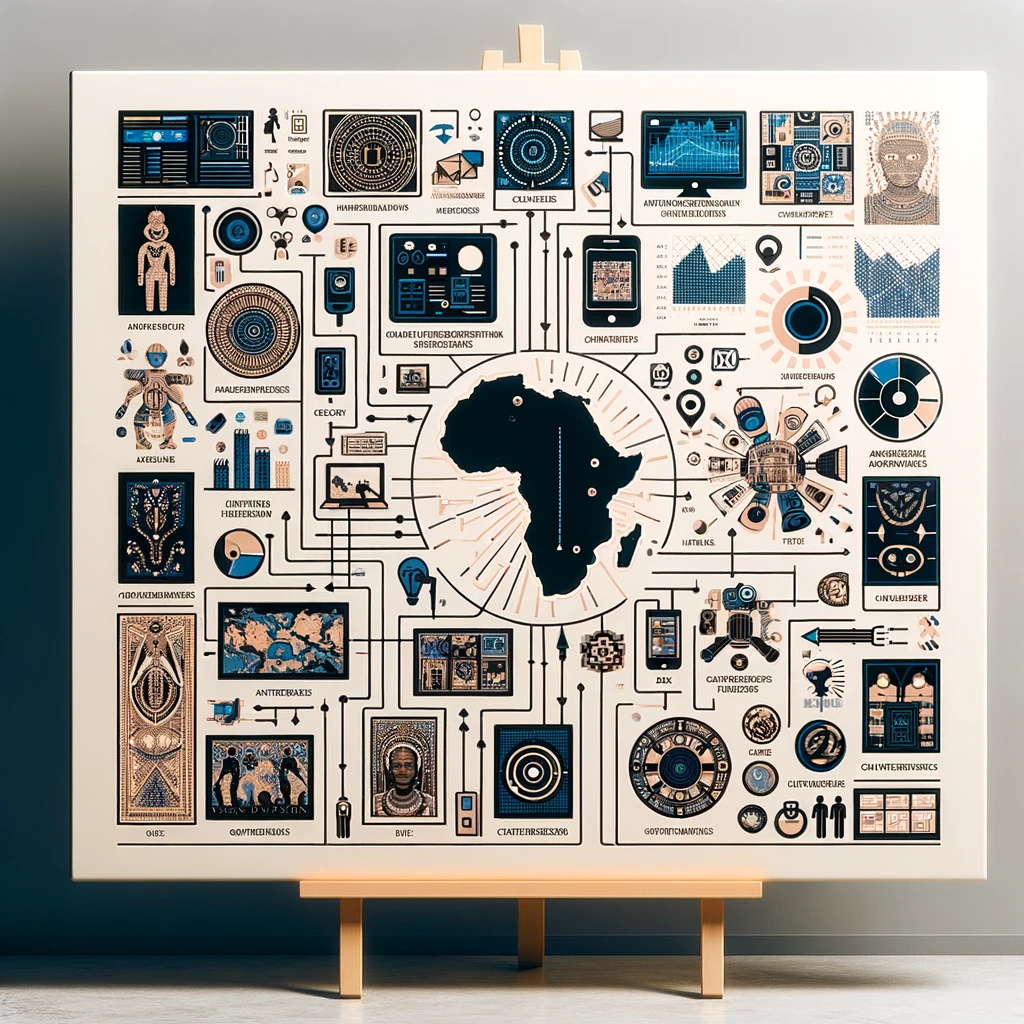
The Evolution of African Contemporary Art
The history of African contemporary art is a rich tapestry that intertwines traditional African aesthetics with modern and global artistic expressions. This evolution has been shaped by a myriad of cultural, political, and social influences, leading to a diverse and dynamic art scene. Significant movements and artists have emerged, each contributing to the global narrative of art. Artists like El Anatsui and Yinka Shonibare have become synonymous with the African contemporary art movement, using their work to explore themes of identity, colonialism, and globalization.
African contemporary art has continually challenged conventional boundaries, embracing a wide array of mediums and themes. From the vibrant sculptures and textiles to powerful installations and performances, this art form reflects the continent’s complex history and its vibrant present. It also serves as a critical platform for dialogue and reflection on contemporary African issues and experiences.
Contemporary Art Institutes and Their Role
Contemporary art institutes play a crucial role in nurturing and showcasing African talent. These institutions, ranging from local art schools to international galleries, provide essential platforms for artists to develop and exhibit their work. They foster creative exploration, professional development, and global connections.
A key aspect of these institutes is their focus on education and skill development, preparing the next generation of artists to innovate and excel in the art world. A case study on the future of African art education reveals a growing emphasis on holistic, culturally relevant, and globally connected curricula. These programs not only hone artistic skills but also encourage critical thinking and socio-political engagement.
The Interplay of Art, Technology, and African Identity
In recent years, the intersection of art and technology has opened new frontiers in African contemporary art. Artificial intelligence (AI), digital media, and other technological advancements are being embraced by African artists, leading to groundbreaking works and new forms of expression.
The incorporation of AI in art has led to experimental and innovative creations that challenge traditional art forms. This fusion not only enriches the artistic landscape but also provides insights into how technology can reflect and shape African identities and narratives. It signifies a growing trend where African artists are not just participants but also leaders in the global tech-art movement.
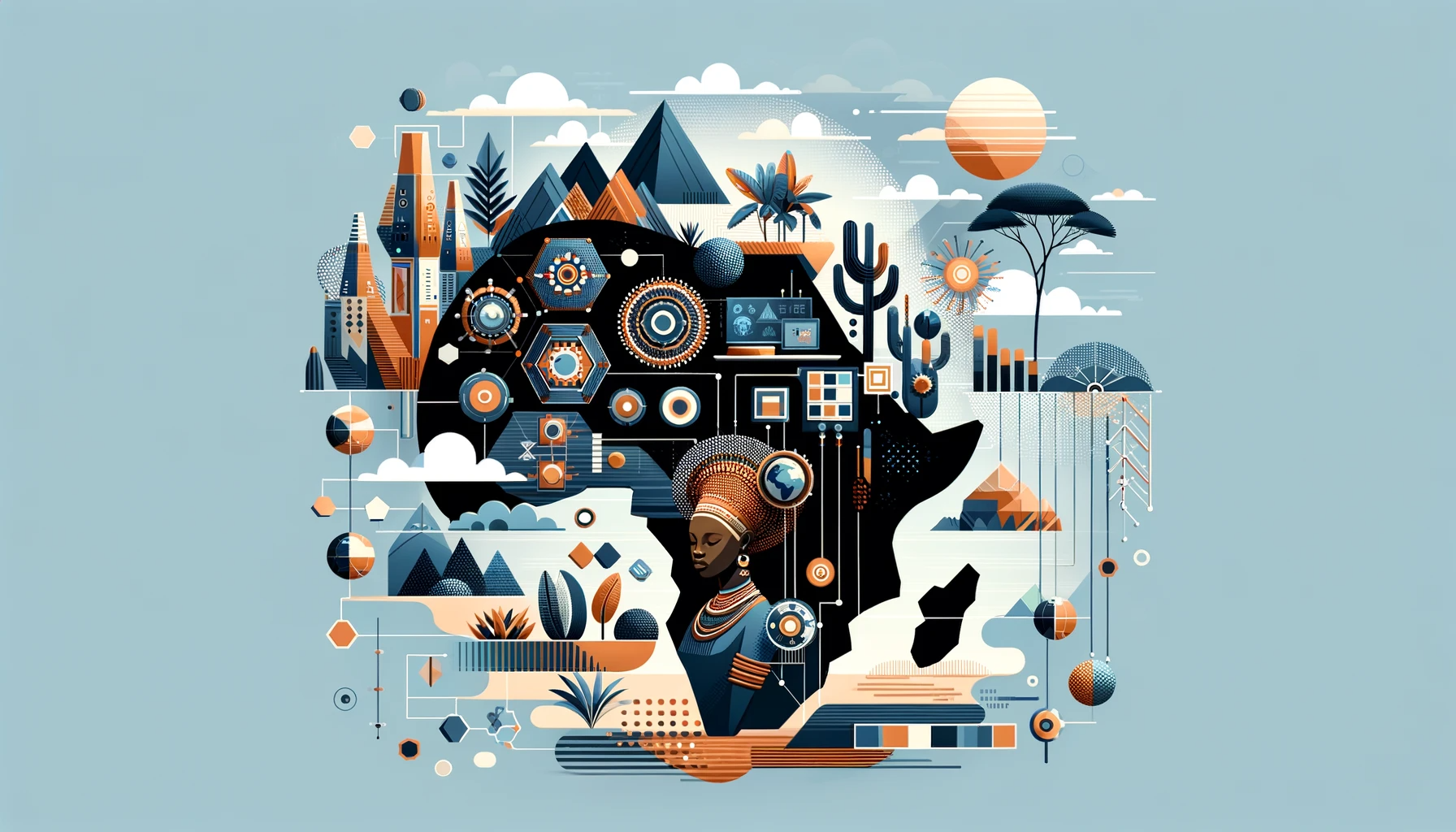
Urbanism and African Artwork Galleries
The relationship between urban environments and African artwork galleries is intricate and impactful. Urban landscapes, characterized by their dynamism and diversity, greatly influence the thematic and stylistic elements of African contemporary art. The bustling cityscapes, with their unique blend of traditional and modern elements, serve as an endless source of inspiration for artists. Artwork galleries in these urban settings not only display the richness of African art but also act as platforms for critical discourse on urban issues. For a deeper exploration of this topic, African Artists Exploring Urbanism offers insightful perspectives.
Gender Perspectives in African Art
Gender in African contemporary art is a subject that opens up conversations about societal norms and stereotypes. African artists are increasingly using their work to challenge and redefine traditional gender roles and representations. Through various mediums, these artists explore themes of femininity, masculinity, and gender fluidity, providing new narratives and perspectives. The art becomes a tool for questioning and reshaping gender-related ideologies and practices within African societies. For more on this, African Art and Gender provides a comprehensive look at how contemporary art is addressing these issues.
African Contemporary Art in Public Spaces
The presence of contemporary art in African public spaces signifies a shift towards more accessible and community-engaged art forms. Public art in Africa serves various purposes: it beautifies environments, stimulates public dialogue, and often addresses pertinent social issues. These artworks, whether they are murals, sculptures, or installations, become part of the community’s daily life, reflecting its values, struggles, and aspirations. They democratize art, taking it out of exclusive galleries and into the streets, accessible to all. To understand more about this phenomenon, visit Transforming Public Spaces.
Digital Activism in African Art
Digital media has revolutionized the way African artists engage in activism. Through platforms like social media, digital art, and online galleries, artists are finding innovative ways to voice their concerns, rally support, and foster community engagement. This digital activism extends beyond geographical boundaries, allowing African artists to connect with global audiences. The role of digital tools in amplifying the reach and impact of their work cannot be overstated. For an in-depth look, African Artists and Activism in the Digital Age delves into these developments.
Art, Social Justice, and African Societies
Art has long been a powerful tool in advocating for social justice within African societies. Contemporary African artists are increasingly using their platforms to address issues such as inequality, human rights, and political freedom. Their work often serves as a catalyst for social change, inspiring dialogue and action. By engaging with critical social themes, these artists are not just creating art; they are fostering a movement for change. Explore more at African Artists and Social Justice.
Healing Through African Contemporary Art
Contemporary African art also plays a significant role in promoting wellness and healing. Many artists are exploring themes of mental health, trauma, and healing in their work, offering perspectives that resonate deeply with individuals and communities. This art not only provides a therapeutic outlet for the artists but also for the audience, offering solace and understanding. The healing power of art is becoming increasingly recognized and valued. For further insights, African Artists and Healing offers a comprehensive view on this topic.

Spotlight on Individual Artists
In the vibrant landscape of African contemporary art, individual artists play a pivotal role in shaping the narrative and pushing the boundaries of creativity. These artists, with their unique perspectives and innovative techniques, are not just making art; they are making statements. Each artist’s work reflects their personal journey, cultural heritage, and vision for the future. A notable artist in this realm is Serge Attukwei Clottey, known for his dynamic and thought-provoking art. For more on his work and impact, explore the African Artist Spotlight Series, which offers an in-depth look at his contributions to the African contemporary art scene.
The transformative role of contemporary African art in shaping societal narratives and perceptions is profound. This art form has not only mirrored the diverse experiences of African societies but also influenced them, fostering dialogue and understanding. Contemporary African art, with its unique blend of traditional and modern, local and global, stands as a testament to the resilience and creativity of the continent. Looking ahead, the future of African contemporary art in the global art scene is bright, promising continued innovation, cross-cultural exchange, and an expanding influence that reshapes the way the world views art and Africa.
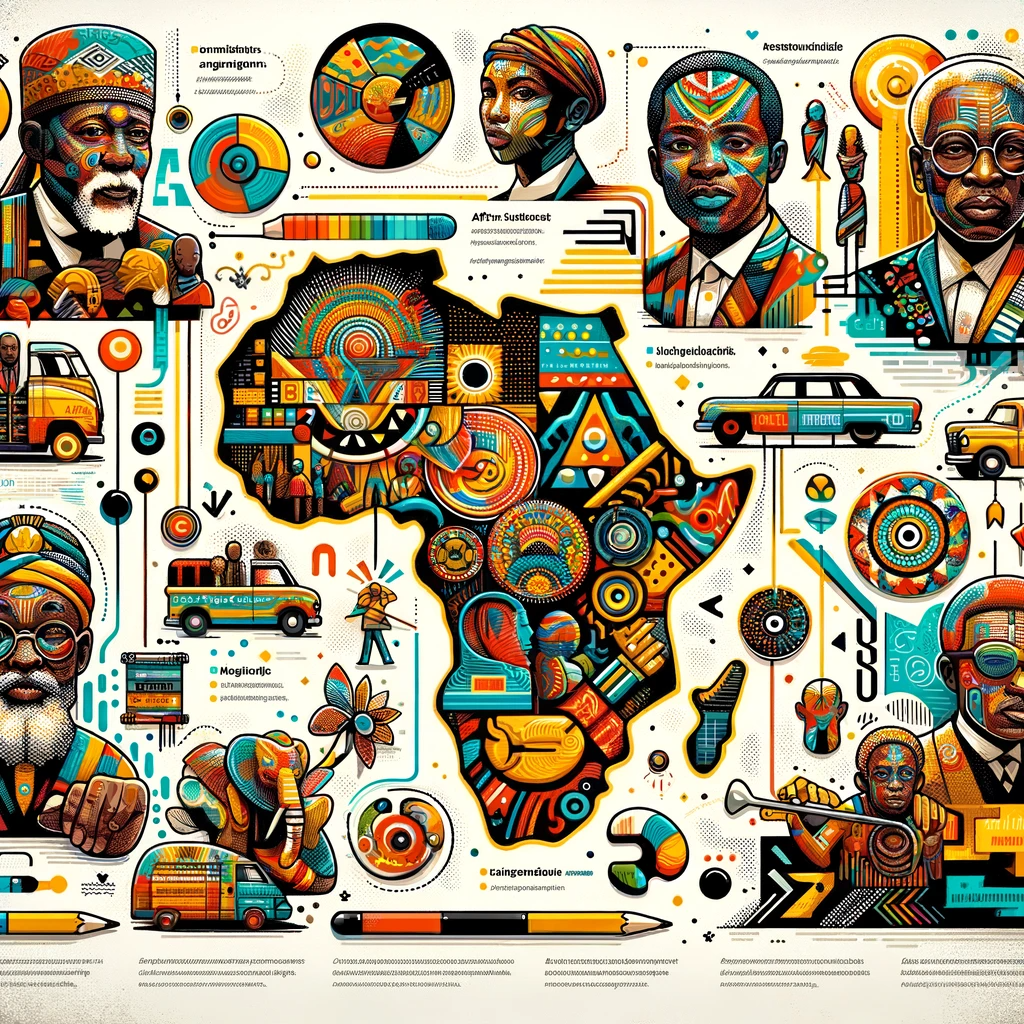
| Section | Summary |
|---|---|
| The Evolution of African Contemporary Art | A look at the history and significant movements in African contemporary art. |
| Contemporary Art Institutes and Their Role | Discussion on how art institutes nurture talent and shape the future of African art. |
| The Interplay of Art, Technology, and African Identity | Exploring the influence of technology on African contemporary art. |
| Urbanism and African Artwork Galleries | Analysis of how urban environments shape African art. |
| Gender Perspectives in African Art | Exploring how African art challenges gender stereotypes. |
| African Contemporary Art in Public Spaces | Examining the role of public art in African societies. |
| Digital Activism in African Art | Discussing the role of digital media in African art activism. |
| Art, Social Justice, and African Societies | Art's role in social justice movements within African societies. |
| Healing Through African Contemporary Art | Discussing how art contributes to wellness and healing in African contexts. |
| Spotlight on Individual Artists | Profiling influential contemporary African artists. |
| Conclusion | Summarizing the transformative role of contemporary African art. |

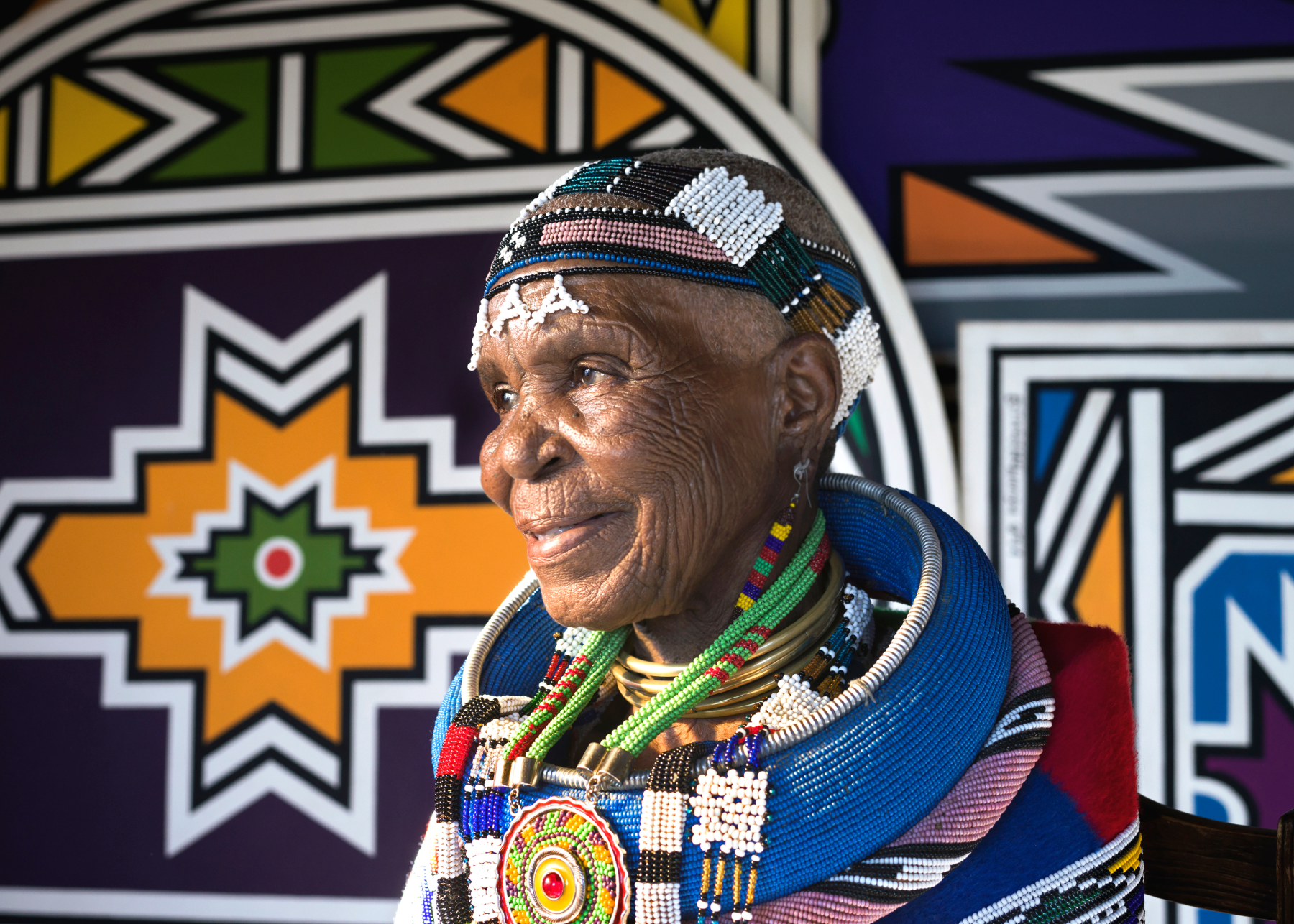
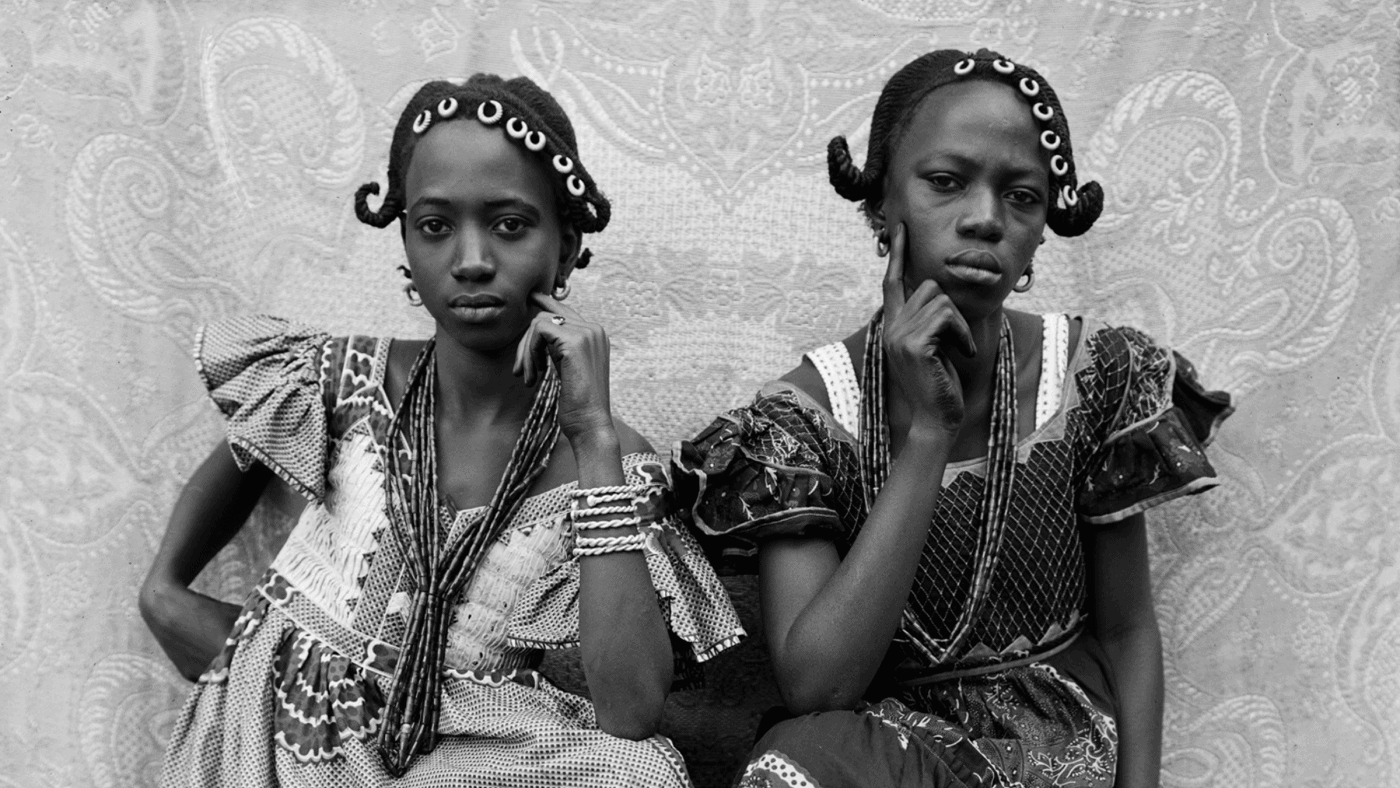
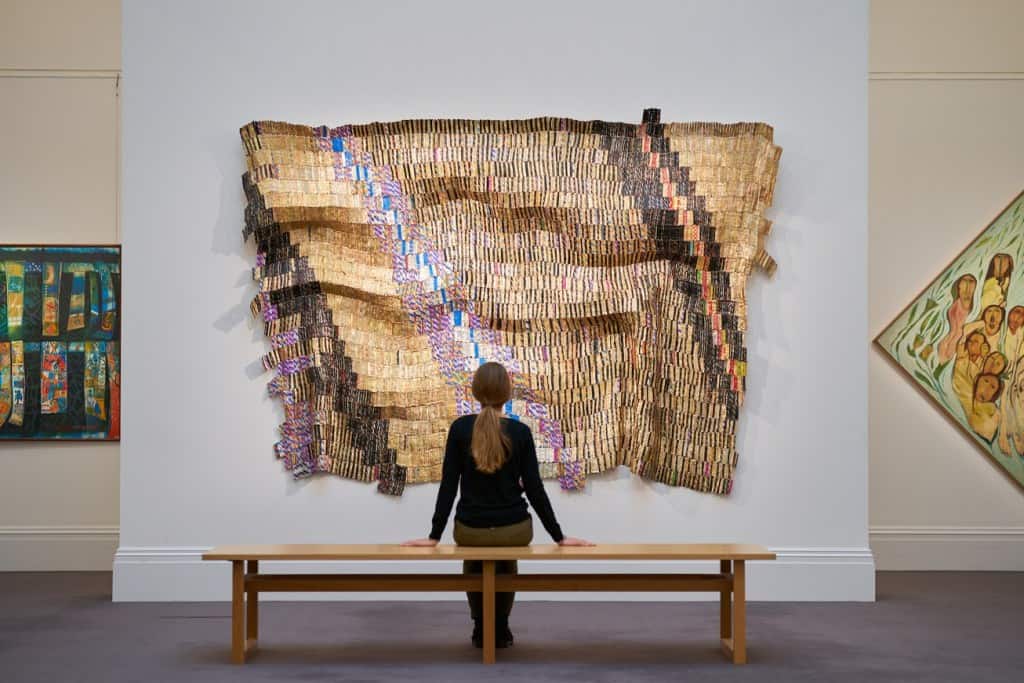
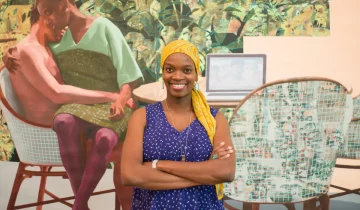
 No products in the basket.
No products in the basket.